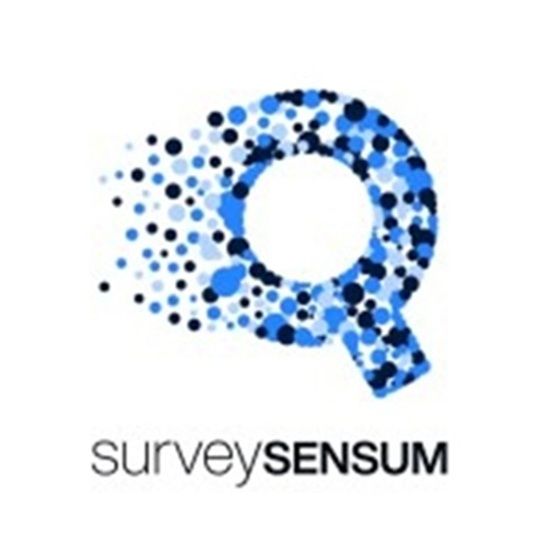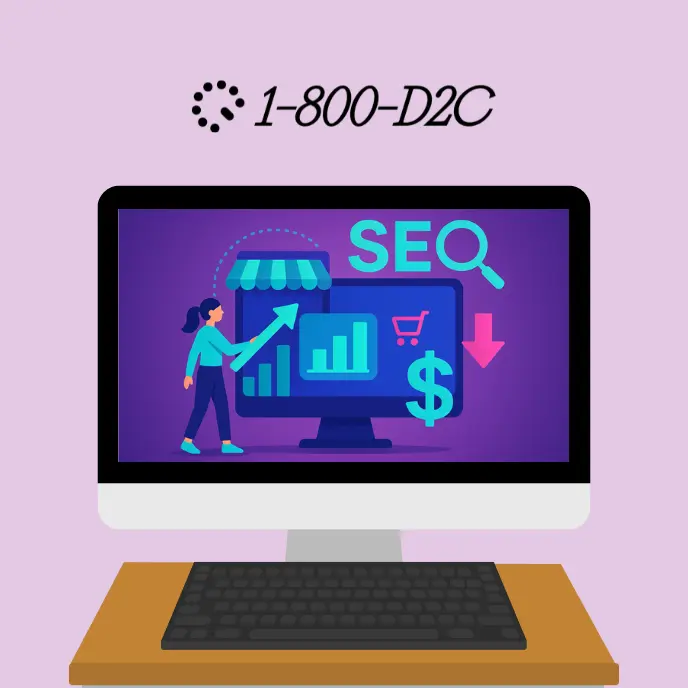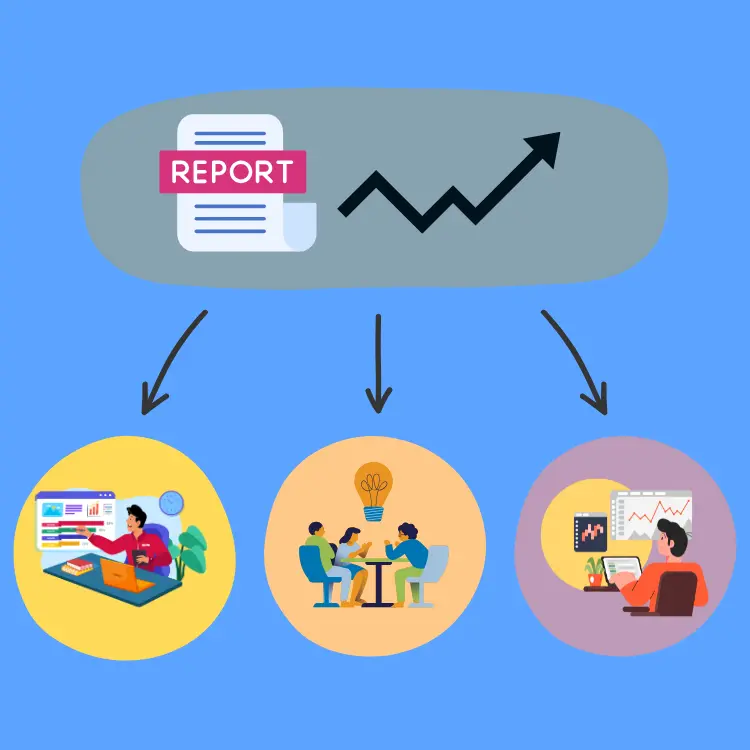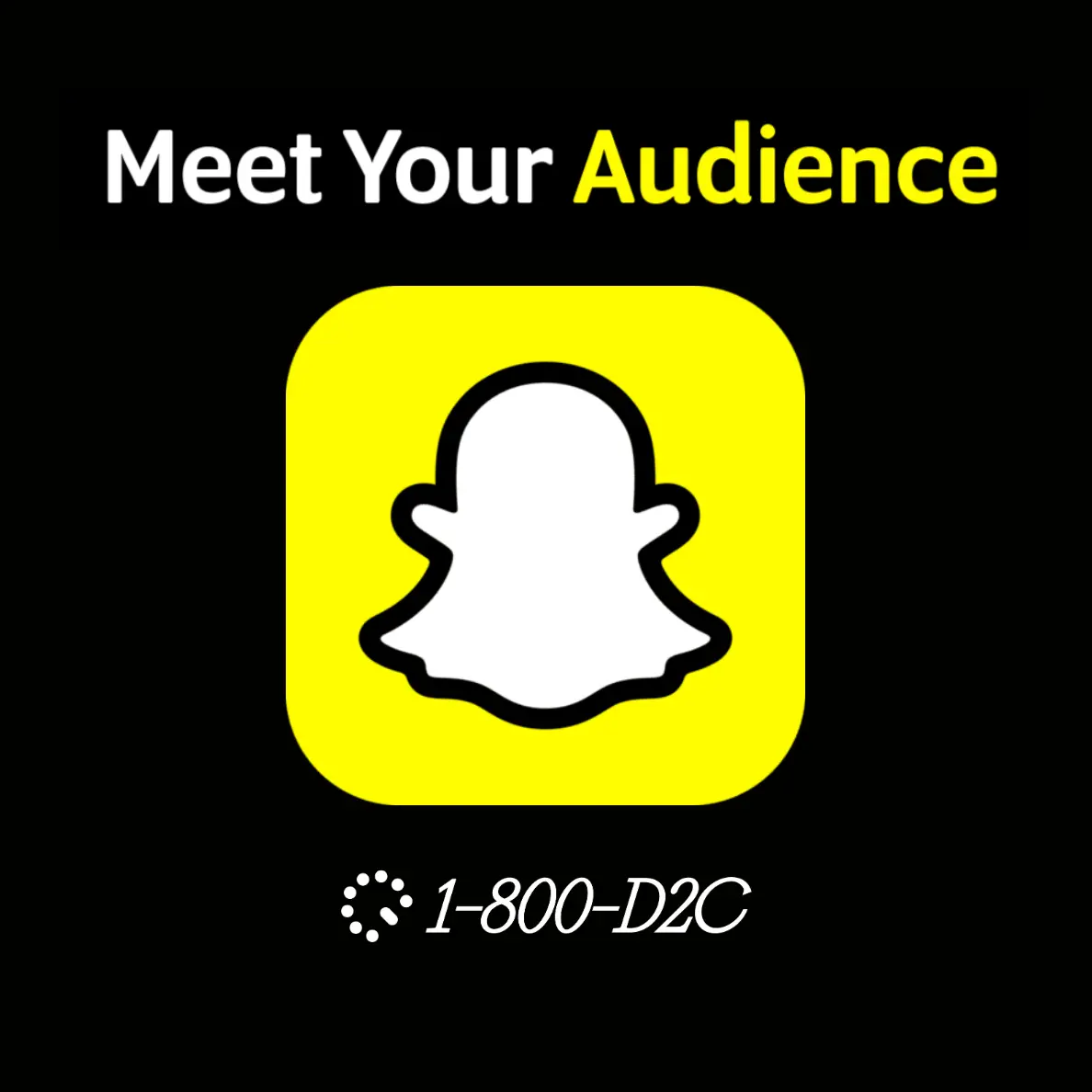
The ground is shifting under every D2C brand. The era of relying on third-party cookies for customer insights is ending, eroded by privacy legislation like GDPR and CCPA and foundational platform changes to iOS. In this new, AI-driven, cookie-destitute landscape, the most valuable data isn't bought or scraped, it's willfully given and ethically gathered.
This is zero-party data: information a customer intentionally and proactively shares with a brand, including their preferences, purchase intentions, and personal context.
While many brands struggle to collect this data, the sharpest brand operators know the single best moment to ask for it is immediately after a purchase. The order confirmation page represents a peak of customer attention and goodwill. By embedding a short, strategic survey right on this page, you can capture priceless insights that fuel everything from personalization and product development to more accurate attribution.
[cta-btn title="Build Your Brand And Become A Member" link="/membership-pricing"]
Before building your survey, it’s crucial to understand the difference in the data you handle.
Third-party data is aggregated from external sources and is quickly losing its accuracy and availability.
First-party data is behavioral information you collect on your own channels, like site clicks or purchase history.
Zero-party data, however, is the gold standard. It’s willingly provided, making it the most accurate and consented form of customer intelligence. For D2C brands, this translates directly to business value. It enables personalization that feels genuinely helpful, not creepy; it surfaces honest channel attribution to validate ad spend; and it builds the kind of brand trust that earns referrals and higher lifetime value. The fastest path to this data is the post-purchase survey.
Forget a follow-up email that gets lost in an inbox. The most effective place for your survey is the order confirmation screen itself. When the first question is embedded directly on the thank-you page (preferably above the fold) response rates can be three to five times higher. You’re catching customers in a moment of peak engagement, rolling the dopamine of a completed checkout straight into a feedback opportunity.
A well-designed survey on this page can expect a 45-75% view rate and a 40-60% completion rate. The key is to be surgical. Your goal isn’t to conduct a 20-minute market research study; it's to ask one to three questions that can be answered in under 30 seconds.
Like data-driven quizzes, your first survey should have one primary objective, whether that's attribution, persona building, or customer experience feedback. Every question should serve that goal.
Start with the essential attribution question: “What influenced you to purchase today?” But don’t stop there. Here are a few ways to level up your inquiry.
Just remember, be intent-driven with your survey.
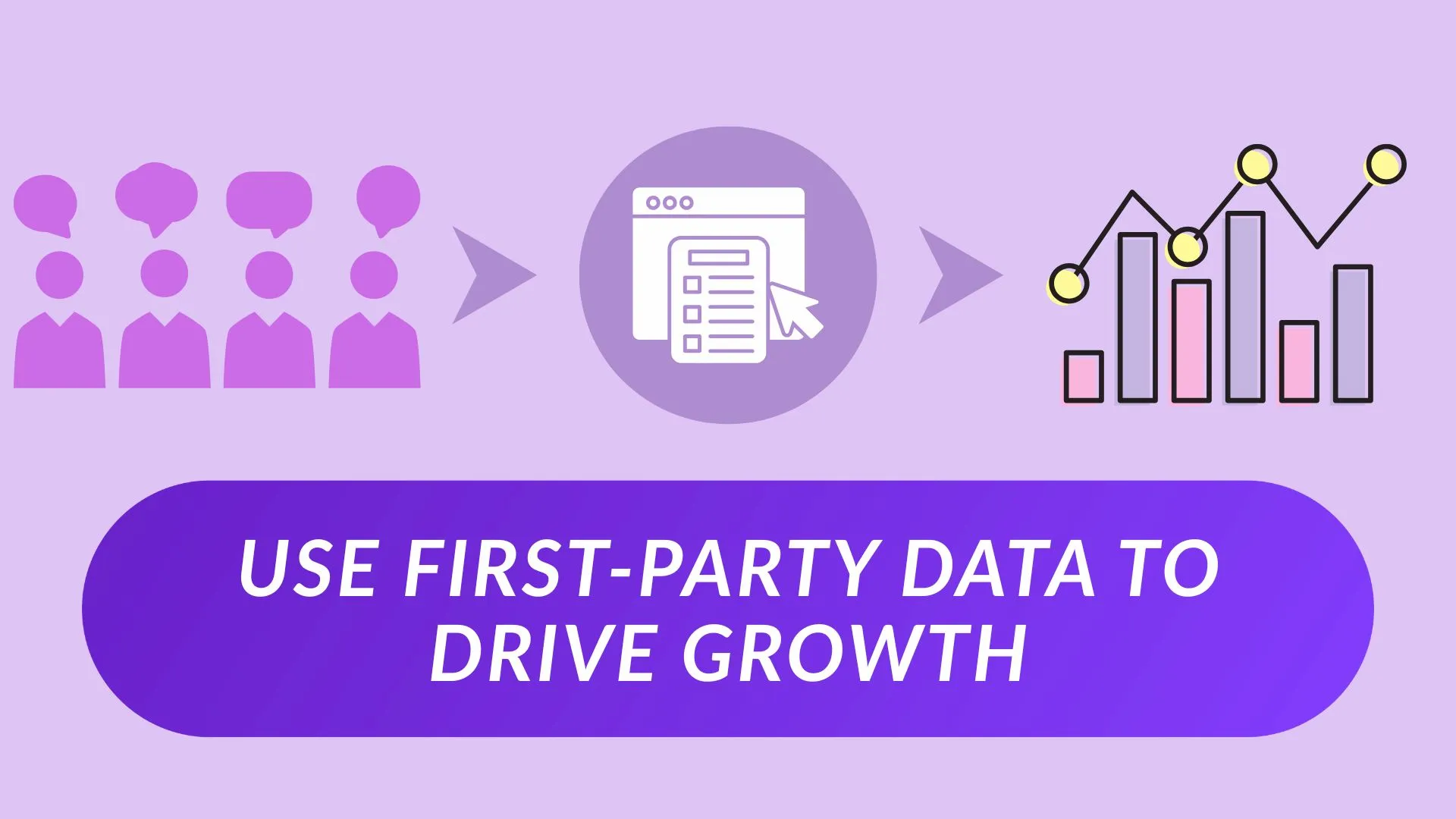
Once you’ve mastered the basics, you can implement more sophisticated tactics to build an unparalleled data engine. This isn’t about asking more questions at once; it’s about asking smarter questions over time that work toward an overarching goal.
A crucial technique is progressive profiling across shipments. Instead of overwhelming a customer with a long survey, ask two questions after their first purchase and two different questions after their second. By their fourth order, you will have built an eight-question persona profile with near-zero drop-off, capturing critical data insights about your target consumer without creating friction.
Another powerful strategy is to branch logic by AOV tier, not by product category. A customer spending over $150 cares about different value propositions than a bargain hunter, even when buying the same product. Route higher-AOV orders to questions about premium features, warranties, or gifting, while asking lower-AOV customers about price sensitivity or interest in bundles.
Finally, think about your incentives. Instead of a generic 10% discount that dilutes your margin, offer micro-incentives with high perceived value and negligible cost. This could be early access to a limited product drop, a downloadable PDF guide, or a free sample that helps you move stagnant inventory.
[single-inline-tool]
Collecting data is only half the battle. To make it valuable, you must pipe it into your conversion systems and act on it. Timestamp every answer and send it to your Customer Data Platform (CDP) or CRM as an event. A preference shared in December may be irrelevant by June; using the event date allows you to decay or refresh segments automatically, keeping your personalization accurate. Once you have a clearer idea of the items you wish to work on, you can move forward with A/B split testing.
This data should immediately inform your operations:
The final step is to close the loop in public. Share aggregate findings with your customers. Post a graphic on Instagram or in a newsletter: “86% of you told us you plan to use Product X while traveling, so we’re launching a travel-size version next month!”
When customers see their feedback in action, it builds immense trust and makes them far more likely to answer your next survey. By sprinkling these tactics into your strategy, you’ll capture zero-party data that competitors can’t scrape, cookies can’t track, and algorithms can’t guess.
[inline-cta title="Discover More With Our Resources" link="/resources"]

SurveySensum’s AI Text Analytics Software helps you analyze 10,000+ open-ended responses in minutes. Powered by machine learning, it detects sentiment, themes, and recurring issues from chats, reviews, emails, and calls — with up to 99% accuracy. No manual tagging required. Easily customize and train the AI with your own tags. Ideal for CX, product, and marketing teams running NPS, CSAT, or VOC programs.
